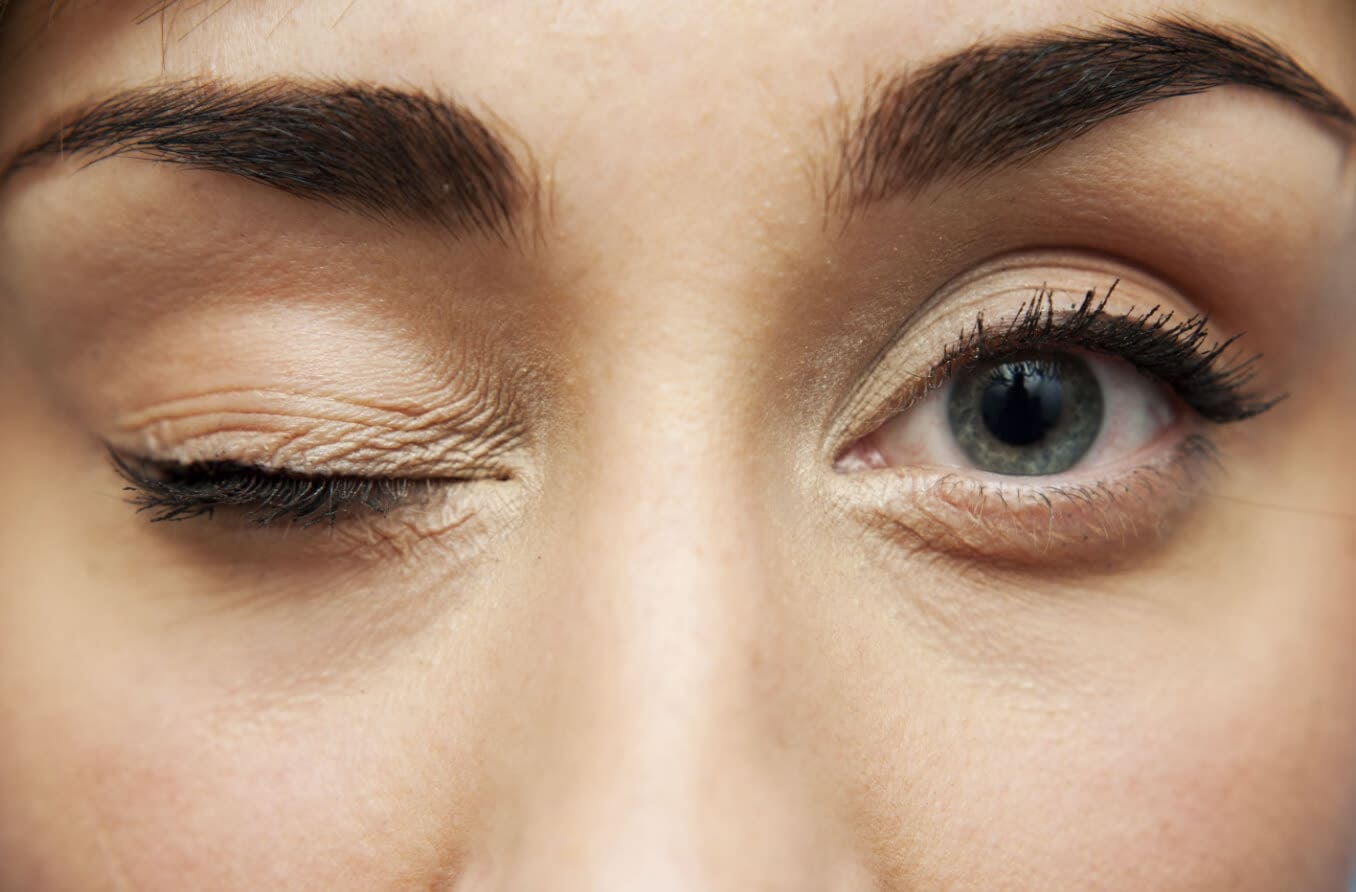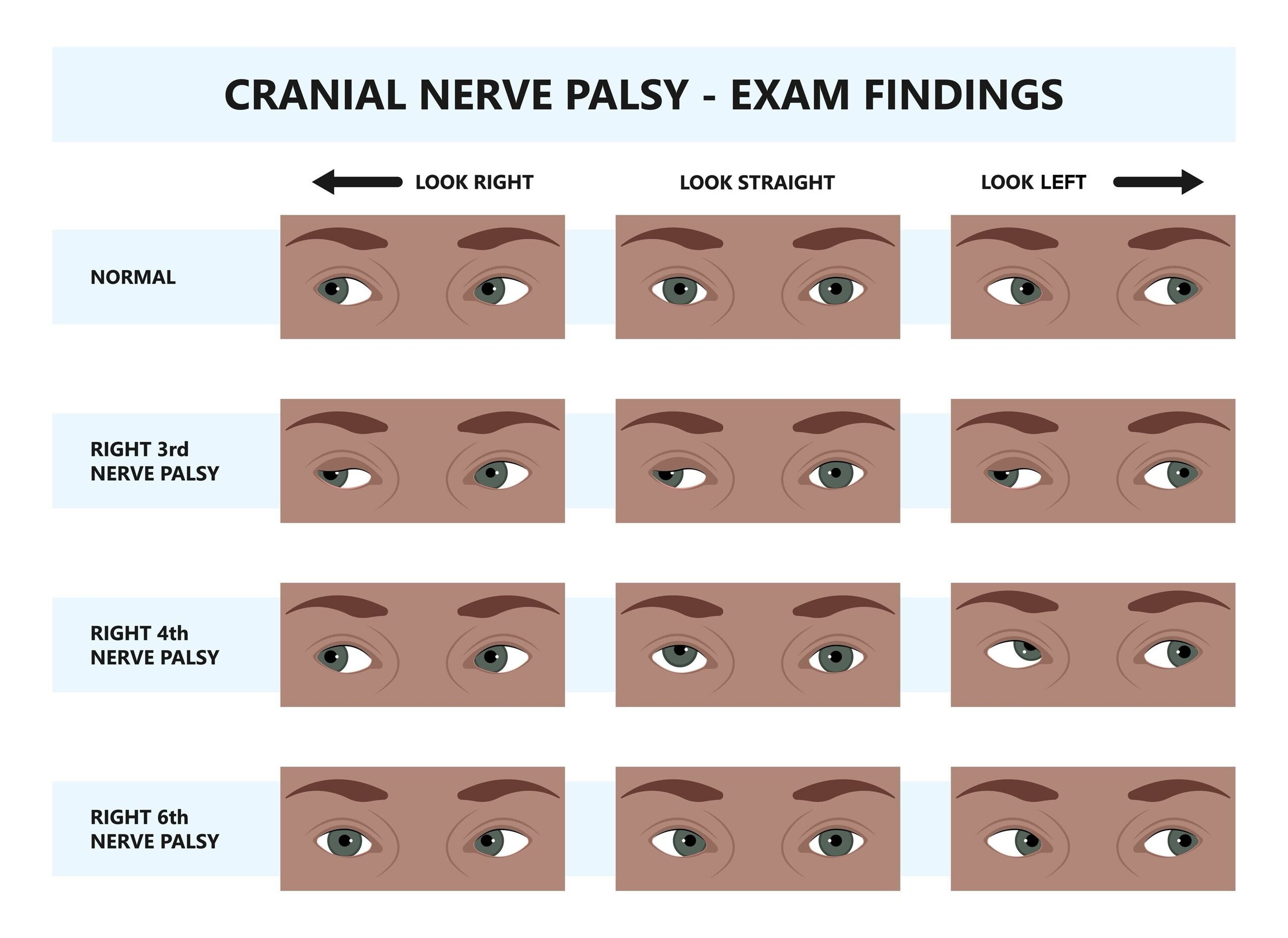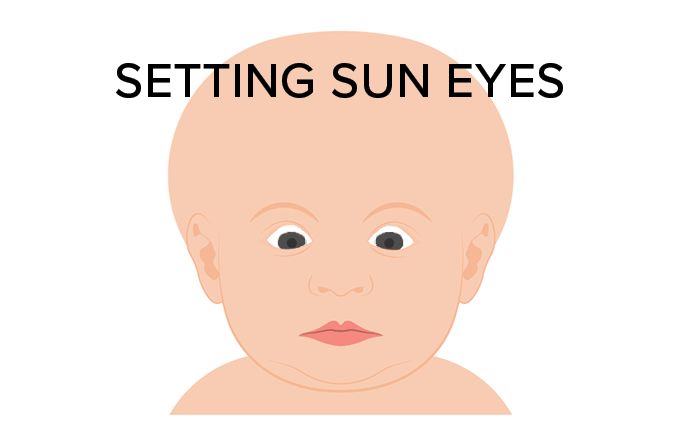What is Adie’s tonic pupil?
Adie’s tonic pupil, also known as Adie’s syndrome, is a nervous system condition that may cause unequal pupil sizes (anisocoria) and a slow reaction to light in the affected eye or, less commonly, eyes. Adie’s syndrome is most common in women 20 to 40 years old.
If you have one pupil that is larger than the other, your eye doctor may need to do an exam to check for Adie’s tonic pupil.
Normal pupil size ranges from 2.0 to 4.0 millimeters in bright light and 4.0 to 8.0 millimeters in the dark. There are many causes of dilated pupils (pupils that are larger than normal) including eye injury, medications, recreational drugs and conditions such as Adie’s pupil.
In 80% of cases, Adie’s tonic pupil is unilateral, meaning it affects only one eye, resulting in anisocoria. But the condition can also be bilateral, affecting both eyes.
Many conditions other than Adie’s pupil can cause anisocoria. A patient may have pupils of different sizes that both react normally to light. This condition, known as simple anisocoria, may go away on its own.
Adie’s tonic pupil symptoms
The pupils in the eyes normally get larger (dilate) in dim lighting and get smaller (constrict) in bright lighting. This happens so the pupil can control the amount of light entering the eye for better vision.
The main sign of Adie’s tonic pupil is a pupil that looks larger than the other pupil and does not get much smaller in response to light.
There are other eye-related and non-eye-related symptoms of Adie’s tonic pupil. Symptoms of Adie’s pupil may include:
Difficulty reading or doing other up-close tasks
Sensitivity to light (photophobia)
Problems with deep tendon reflexes when a doctor taps different parts of the body with a hammer during a neurological exam
These symptoms can also be caused by many other eye and health conditions. It’s important to see your eye doctor if you notice a change in the size of a pupil or have any unexpected issues with your vision.
SEE RELATED: Marcus Gunn pupil (RAPD): Causes, types, signs and treatment
Adie’s tonic pupil vs. Adie’s syndrome
Adie’s tonic pupil is a condition known by a variety of terms. Some people may refer to the condition as tonic pupil or Adie’s pupil syndrome. Adie’s tonic pupil is also known as:
Adie’s pupil
Adie’s syndrome
Holmes-Adie Syndrome
Tonic pupil syndrome
The term Adie’s syndrome may be used more often when both the pupil and deep tendon reflexes are affected. The term Adie’s tonic pupil may be used more often when only the pupil is affected.
What causes Adie’s pupil?
Doctors do not know exactly what causes Adie’s tonic pupil. The condition occurs due to damage to a bundle of nerve cells behind the eye that controls the pupil. Many cases of tonic pupil are idiopathic, meaning there is no known cause.
Possible causes of tonic pupil include:
Autoimmune issues (the body attacks its own tissues)
Bacterial or viral infection (inflammation damages the nerves in the eye)
Complications from surgery
Tumors
In some rare cases, Adie’s syndrome can be genetic. Hereditary cases of Adie’s syndrome seem to follow an autosomal dominant pattern. This means that inheriting just one copy of a genetic mutation can cause the condition.
Is Adie’s pupil caused by COVID-19?
There is no clear casual link between Adie’s tonic pupil and COVID-19. However, COVID-19 has been associated with cases of Adie’s tonic pupil, Horner’s syndrome and other neuro-ophthalmic issues.
That does not mean that COVID-19 causes Adie’s pupil. Much more research is needed to understand COVID-19’s neurological effects, including any possible link with Adie’s tonic pupil.
Adie’s tonic pupil treatment
There are few treatments for Adie’s tonic pupil. Most treatment focuses on management of symptoms. For example, your eye doctor may prescribe:
Glasses for blurry vision
Tinted glasses for light sensitivity
Eye drops to reduce glare and light sensitivity
There is ongoing research into Adie’s tonic pupil treatment, so patients may want to visit ClinicalTrials.gov and ask their eye doctor about clinical trials for Adie’s syndrome.
How is Adie’s tonic pupil diagnosed?
A doctor will do a physical exam, ask the patient questions and make a referral to an ophthalmologist for a comprehensive eye exam.
An eye doctor may do a pilocarpine test for Adie’s tonic pupil. To do the test, the doctor puts diluted pilocarpine drops into the affected eye. A tonic pupil will react by getting smaller while a normal pupil will not.
The eye doctor may also:
Look at the sizes of both pupils in light and darkness
See how the pupil responds to focusing on a close-up task
Examine the eyes using a slit lamp for magnification
With a slit lamp, the eye doctor can see if a pupil appears misshapen, which is a sign of Adie’s pupil. They may also notice that the iris of the eye contracts in a way that is similar to the movements of a worm.
A doctor may need to make a differential diagnosis — that is, determining whether the patient has Adie’s tonic pupil or another condition that can cause similar symptoms. Conditions that may have similar signs and symptoms include: botulism, paralysis of the third facial nerve, Guillain-Barre syndrome, Horner’s syndrome, and multiple sclerosis (MS).
How long does Adie’s tonic pupil last? Though the prognosis is good, Adie’s pupil typically does not go away. The pupil may become smaller over time, but it usually does not regain the ability to respond normally to light.
See your eye doctor regularly
Make sure to see your eye doctor for regular eye exams. This helps to keep your vision sharp and allows your doctor to spot signs of any eye health issues. If you’re due for an eye exam, give your eye care professional a call today.
READ NEXT: Tadpole pupils








